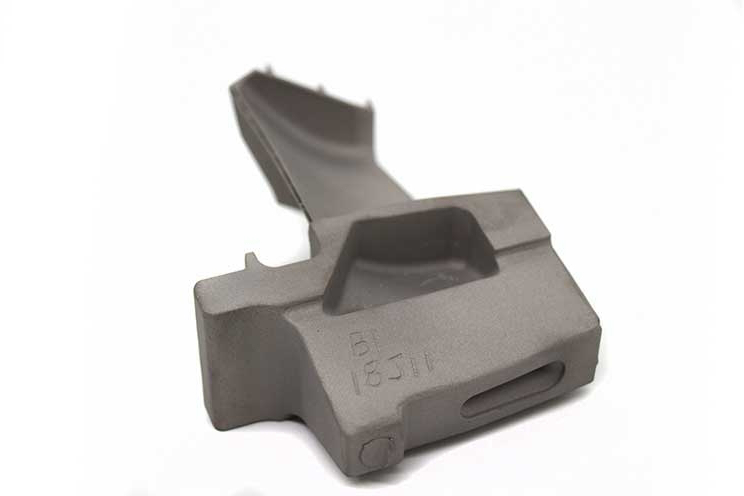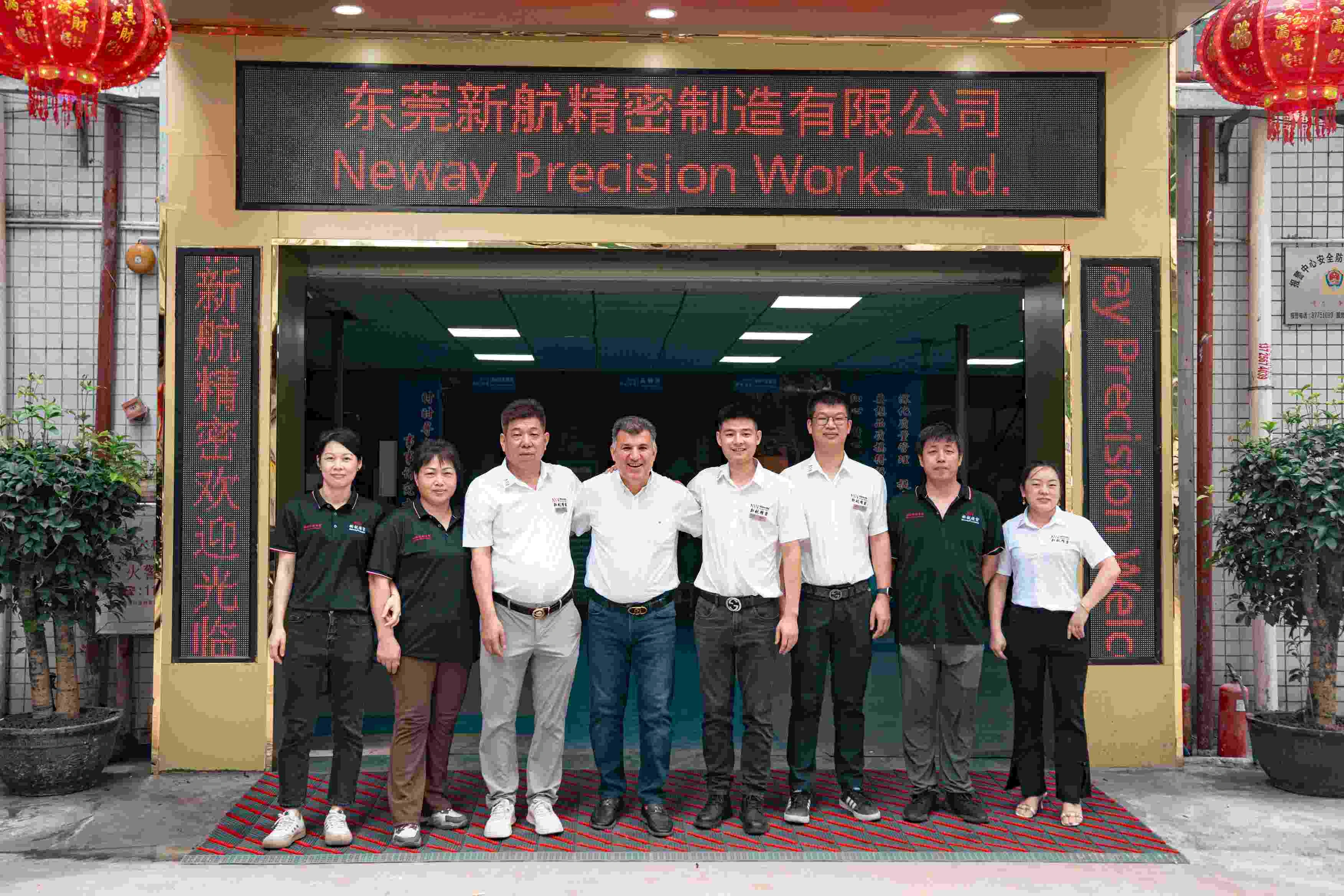Superalloy Turbine Blades Free Forging Service
Introduction
Free forging is a critical manufacturing process for producing superalloy turbine blades used in high-temperature, high-stress environments such as aerospace engines and industrial gas turbines. Neway AeroTech provides advanced superalloy free forging services, delivering turbine blades with superior mechanical strength, fatigue resistance, and dimensional integrity at temperatures exceeding 1000°C.
Our expertise in nickel-based superalloys like Inconel 718 and Rene 88 enables us to produce precision-forged components with grain refinement, directional control, and optimal structure for downstream CNC machining and finishing.
Core Technology of Superalloy Free Forging
Billet Preparation and Heating Superalloy ingots are cut to size and uniformly heated to forging temperatures between 1050–1180°C in inert or vacuum furnaces to prevent oxidation.
Open Die Forging Operations Using programmable hydraulic presses (up to 5000 tons), material is shaped between flat or contoured dies without enclosed tooling, ensuring flexibility and directional grain flow.
Grain Refinement and Flow Control Forging schedules and strain rates are engineered to promote fine equiaxed grains (<100 μm) or flow-aligned grains depending on blade stress orientation.
Intermediate Heat Treatments Solution treatment and controlled cooling are applied after forging to homogenize the microstructure and relieve residual stresses.
Precision CNC Machining Final blade geometry is achieved through 5-axis CNC machining, meeting tolerances as tight as ±0.02 mm and aerodynamic surface finishes (Ra ≤0.8 μm).
EDM for Cooling Features Electrical Discharge Machining (EDM) is employed to cut complex internal cooling channels and blade root contours with high precision.
Post-Processing and Inspection Hot isostatic pressing (HIP), thermal barrier coating (TBC), and ultrasonic or X-ray inspection ensure fatigue resistance and defect-free integrity.
Suitable Superalloys for Free Forged Turbine Blades
Alloy | Max Operating Temp | Key Properties | Applications |
|---|---|---|---|
704°C | High tensile strength, excellent weldability | Jet engine turbine blades, power turbines | |
980°C | High creep rupture strength, oxidation resistance | Turbine blades, disk preforms | |
920°C | Strong fatigue and creep resistance | Rotating blade sections | |
982°C | High-temperature strength, corrosion resistance | Turbine nozzle blades |
Applications in Aerospace and Energy Sectors
Aircraft Engine Turbine Blades Require directionally forged grain structures to withstand rotational stresses and temperature gradients during takeoff and cruise cycles.
Industrial Gas Turbine Blades Used in continuous-duty turbines for power generation, requiring prolonged high-temperature fatigue resistance and oxidation stability.
Turboprop Blade Cores Forged as preforms before precision machining and coating, ensuring mechanical integrity and mass balance.
Compressor and Stator Blades Forged parts must maintain low cycle fatigue (LCF) resistance while being lightweight and dimensionally stable.
Case Study: Free Forging of Inconel 718 Turbine Blades
Objective
To produce forged Inconel 718 turbine blade blanks for a commercial jet engine program, targeting grain refinement, tight dimensional control, and zero internal defects.
Process Summary
Billet Preheating: 1150°C ±5°C in protective atmosphere
Open-Die Forging: 3-pass reduction forging under 2000-ton press
Grain Size Achieved: ASTM 6–8 (≤20 μm) with aligned flow lines
HIP and Aging Treatment: 1180°C HIP followed by 720°C aging
CNC Machining: ±0.02 mm tolerance across all aerodynamic surfaces
Inspection: 100% X-ray and ultrasonic for inclusion-free qualification
Results
Tensile Strength: ≥1240 MPa at room temp
Elongation: ≥20%
Fatigue Life: >100,000 cycles at 650°C
Dimensional Consistency: ±0.015 mm achieved across 50+ blades
FAQs
What are the advantages of free forging over closed-die forging for turbine blades?
Which superalloys are best suited for forged turbine blades?
How does forging improve grain flow and fatigue resistance in turbine components?
What inspection techniques are used to verify forged blade quality?
Can complex blade cooling structures be integrated after forging?

